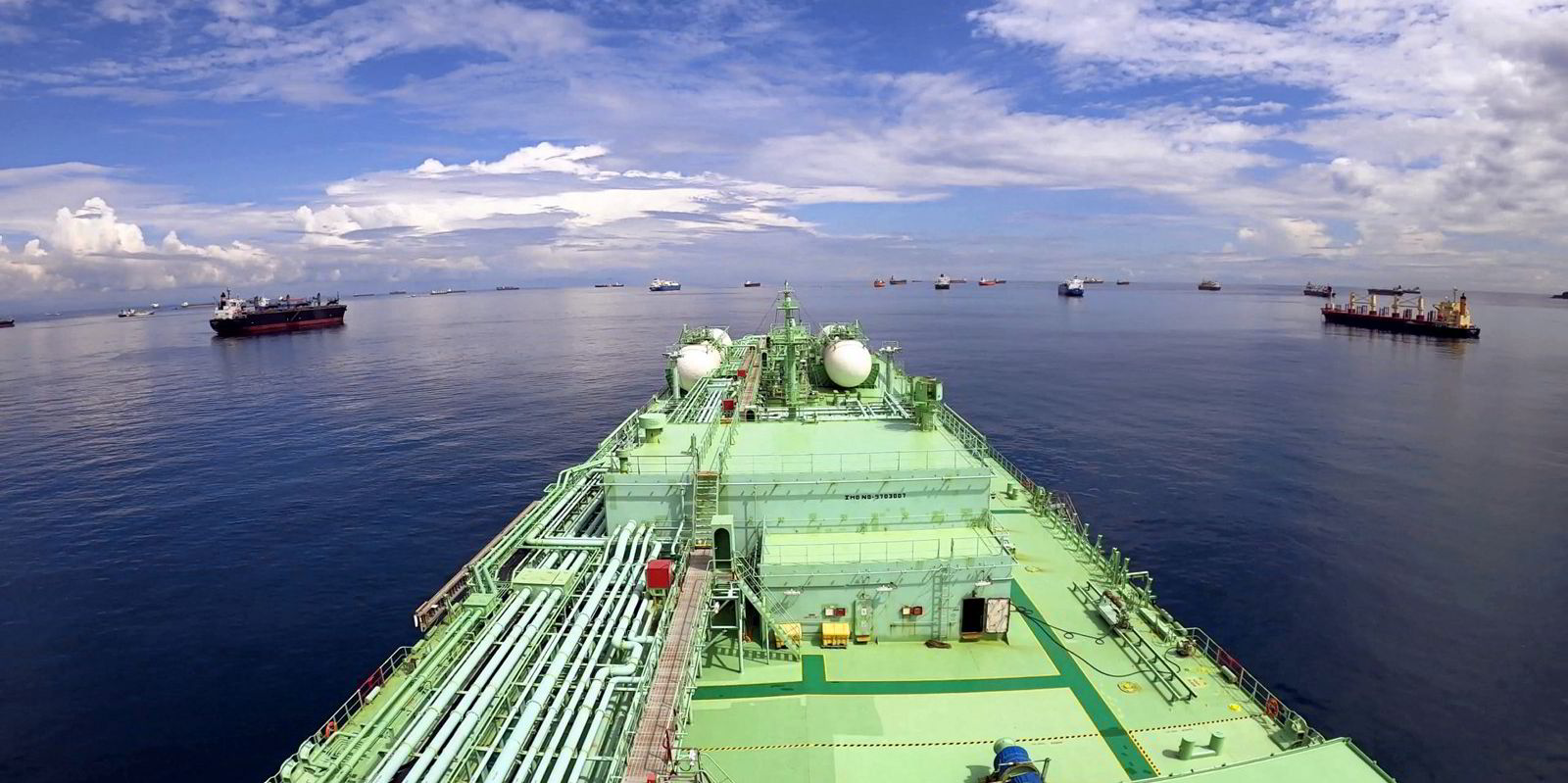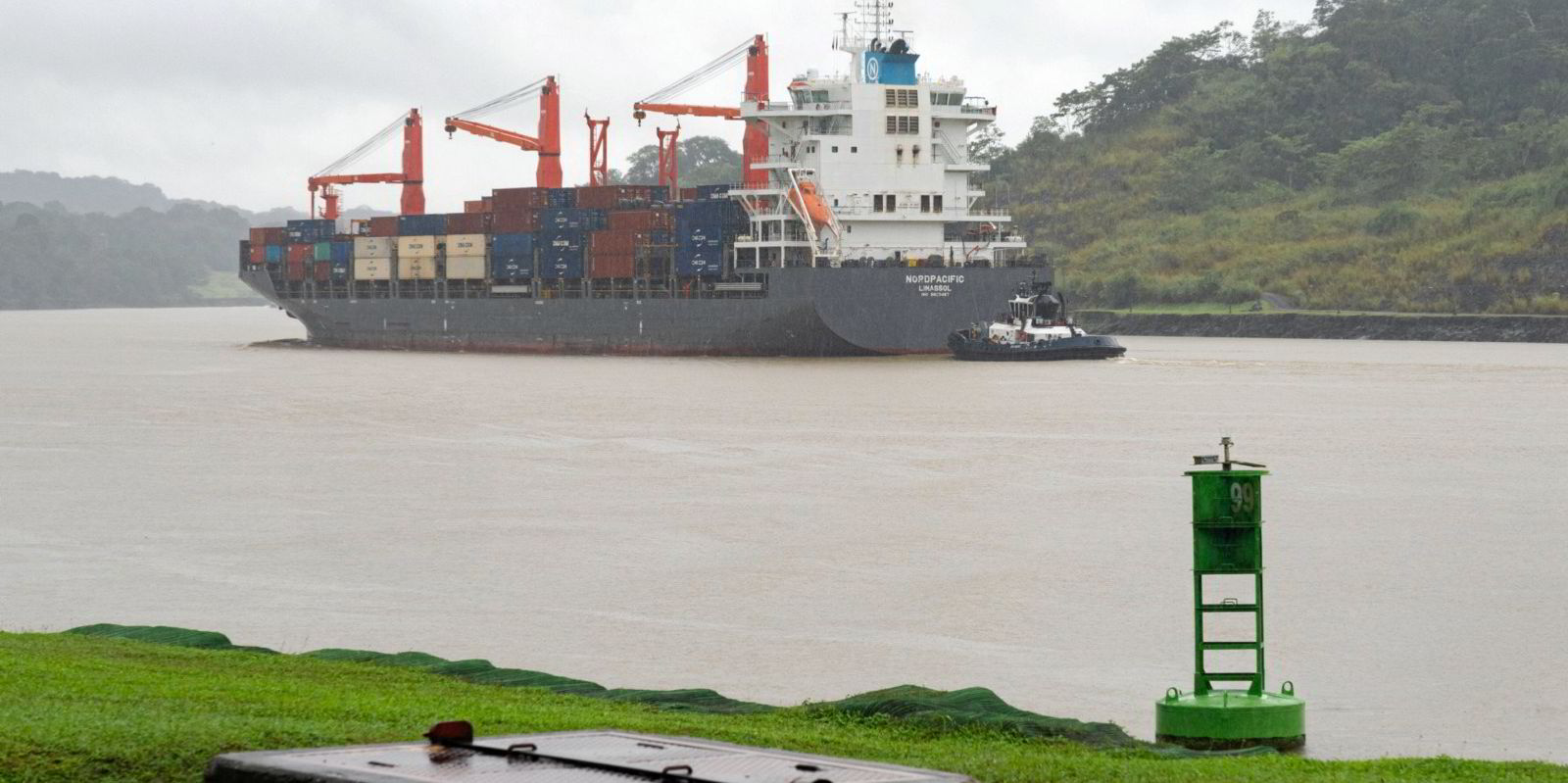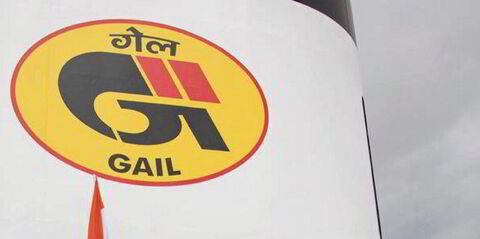Delays and restrictions at the Panama Canal are keeping VLGC rates at a stratospheric level, but a fall may be coming.
Clarksons Securities assesses spot earnings for the large gas carriers averaging a historically huge $138,000 per day worldwide.
This is about $100,000 more than the investment bank would expect as an average for next year if there were no problems at the vital waterway.
About 50 VLGCs carrying cargo from the US Gulf have transited the Panama Canal every month this year, bound for Asia.
However, the Panama Canal Authority is reducing the number of daily transits from 24 this month to 18 in February.
Container ships and LNG carriers are likely to receive priority, shipping players believe.
This may disrupt normal supply-demand dynamics, the investment bank said.
If monthly transits fall to zero, forcing all US Gulf volumes to reroute via the Suez Canal or the Cape of Good Hope, average VLGC spot earnings could skyrocket to $161,000 per day on average next year, Clarksons Securities analysts led by Frode Morkedal said.
Clarksons Securities’ base case is average daily earnings of $69,000 if 30 VLGCs continue to transit the Panama Canal.
“The Panama Canal’s tightening situation may initially cause a spike in freight rates in the first quarter of 2024,” the analysts added.
Declining over time?
“However, we expect freight rates to gradually decline over time,” they said.
A critical factor to consider is the substantial growth in the VLGC fleet, projected at about 10% in 2024, the analysts argue.
“Equally significant, but less well-known, is the anticipated slowdown in US LPG exports in 2024. This slowdown is due to a stagnation in natural gas production, which is the primary source of LPG,” they explained.
Lower rig counts and natural gas prices are contributing factors.
According to the US Energy Information Administration, LPG exports in 2024 may only increase marginally to 61.4m tonnes from 59.2m tonnes in 2023.
Large propane inventories in the US Gulf supported significant price differentials between the US and Asia in 2023, fuelling the year’s export surge.
But propane forward curves and EIA forecasts suggest these gaps will narrow as inventories normalise in the first half of 2024, Clarksons Securities said.
The Baltic Exchange assessed spot rates from the Middle East Gulf to Asia at $138,700 per day on Friday, up 5% in a week and 84% in a month.
Ships heading from Houston to Chiba in Japan via Panama stood at $146,200 per day.
This is a rise of 2% in seven days and 54% over the last month.





